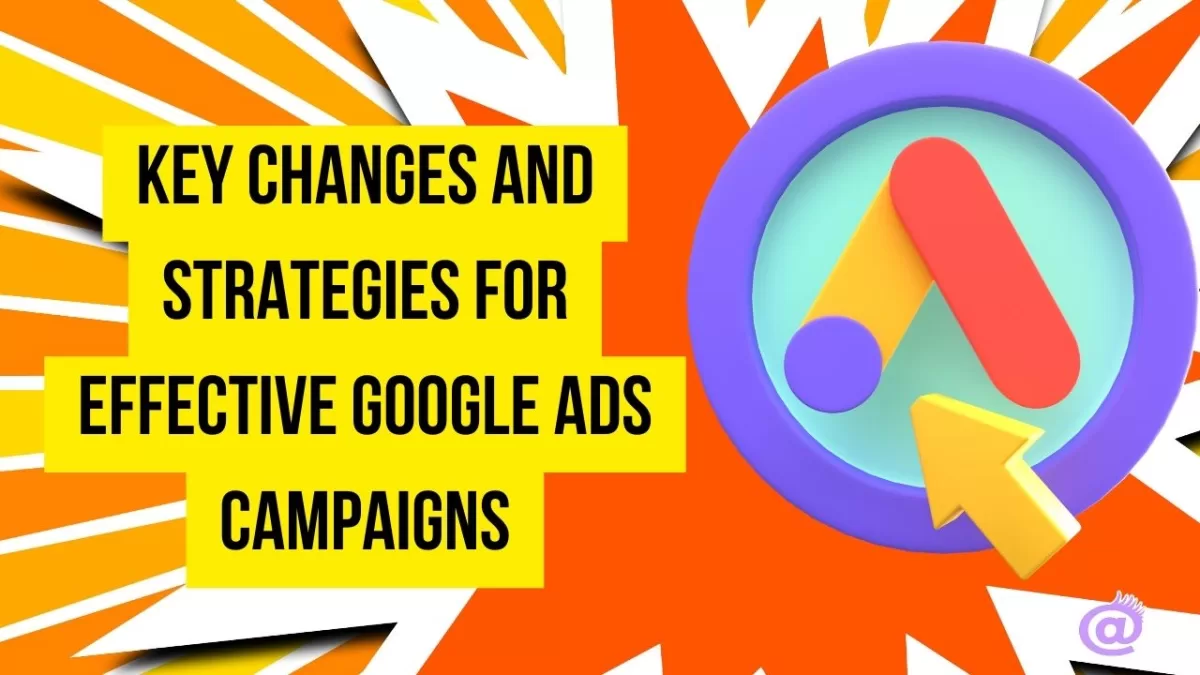In this blog post, we will discuss the significant changes that have occurred in Google Ads over the past year. While many of these changes aim to increase traffic and spending, they may not always deliver the desired results in terms of conversions. We will explore some of the main issues to be aware of and provide strategies to optimize your ad campaigns.
1. Avoid Relying Solely on AI in Ad Campaigns
AI should not replace human involvement in managing ad campaigns. While AI can generate more traffic, it lacks the understanding of your business and customer journey that is necessary for achieving conversions.
2. Ensure Accurate Conversion Tracking
Accurate conversion tracking is essential for measuring the success of your Google Ads campaigns. Set up conversion tags to track the actions visitors take on your website that lead to conversions.
3. Choose Bid Strategies Wisely
Consider the pros and cons of manual bidding and smart bidding. Manual bidding allows for more control but can be intensive, especially for multiple accounts. Smart bidding automates tasks but requires training to align with your campaign goals. Take time to train the smart bidding system and be patient as it learns from your guidance.
4. Optimize Match Types for Better Results
Avoid relying too heavily on broad match keywords, as they can generate irrelevant traffic. Instead, utilize a combination of exact match and phrase match for improved targeting and conversions.
5. Turn Off Display Match
Display match may increase traffic but may not lead to conversions. If your goal is to drive conversions, uncheck the display match option to focus on more targeted ad placements.
6. Be Cautious with Smart Search
While smart bidding can be beneficial, smart search may not provide adequate data on conversions. Stick to standard search campaigns that target specific search phrases and keywords. Dynamic search campaigns can also help identify additional keywords that may contribute to conversions.
7. Evaluate Search Partners
Consider turning off search partners when starting a new campaign. Search partners operate differently from Google and can lead to inaccurate tracking. It is important to prioritize accurate tracking and results.
8. Refine Audience Targeting
After a few weeks of running your campaign, review the audience data and exclude segments that are not generating conversions. Focus on targeting audiences that are more likely to convert, based on their demographics and behavior.
9. Utilize Geo Tracking for Local Targeting
Use location and geo tracking to ensure that your ads are seen by people within your targeted area. This helps to avoid wasting ad spend on audiences outside of your target market.
10. Implement Negative Keywords
Regularly review and add negative keywords to your campaign to prevent your ads from appearing for irrelevant searches. Negative keywords improve targeting and ensure that your ads are shown to the right audience.
11. Optimize Shopping Campaigns for E-commerce
For e-commerce businesses, consider using performance max campaigns instead of standard shopping campaigns. Performance max campaigns provide preferential bidding and can help streamline tracking. Ensure that your product descriptions and images are accurate to enhance the effectiveness of your shopping campaigns.
12. Focus on Profitable Campaigns
Allocate more resources and budget to campaigns that are generating positive results. Remove low-performing products or campaigns that are not contributing to conversions. Prioritize scalability and profitability.
13. Implement Remarketing Ads Wisely
Once your audience reaches a minimum of 1000 members, consider running remarketing ads. Exclude placements that are not relevant, such as mobile apps, to avoid accidental clicks. Exclude people who have already converted to prevent unnecessary ad spend.
14. Avoid Expanded Remarketing Campaigns
Uncheck the option for expanded remarketing campaigns, as they may not result in effective remarketing. It is important to focus on remarketing strategies that provide data on conversions.
15. Gradually Increase Ad Spend
When scaling your ad campaigns and increasing your ad spend, gradually increase your budget. Avoid sudden increases, and instead, raise the budget by 5% to 20% increments. This approach allows for better optimization and performance.
16. Optimize Your Landing Page
Before running ads, ensure that your landing page is well-designed and offers a compelling offer. A poorly optimized landing page can hinder conversions. Invest time in building a landing page that encourages visitors to take action.
We have covered key changes and strategies to optimize your Google Ads campaigns. By avoiding common pitfalls and implementing these recommendations, you can improve your chances of achieving conversions and maximizing the effectiveness of your ad spend. If you need assistance with website maintenance, landing page redesign, or Google ad management, feel free to contact Brenda Holley at www.eyeappealdesign.com.

